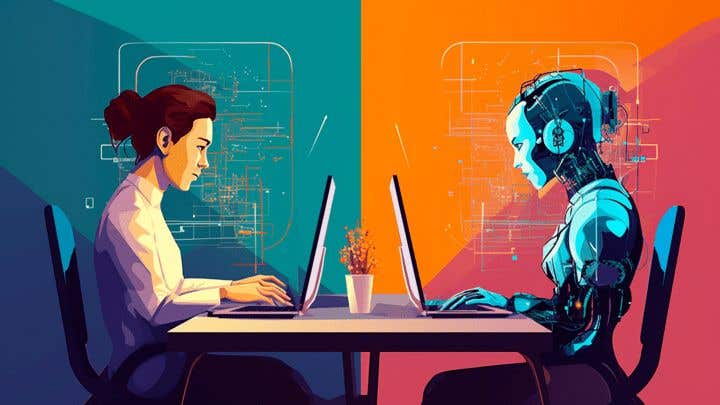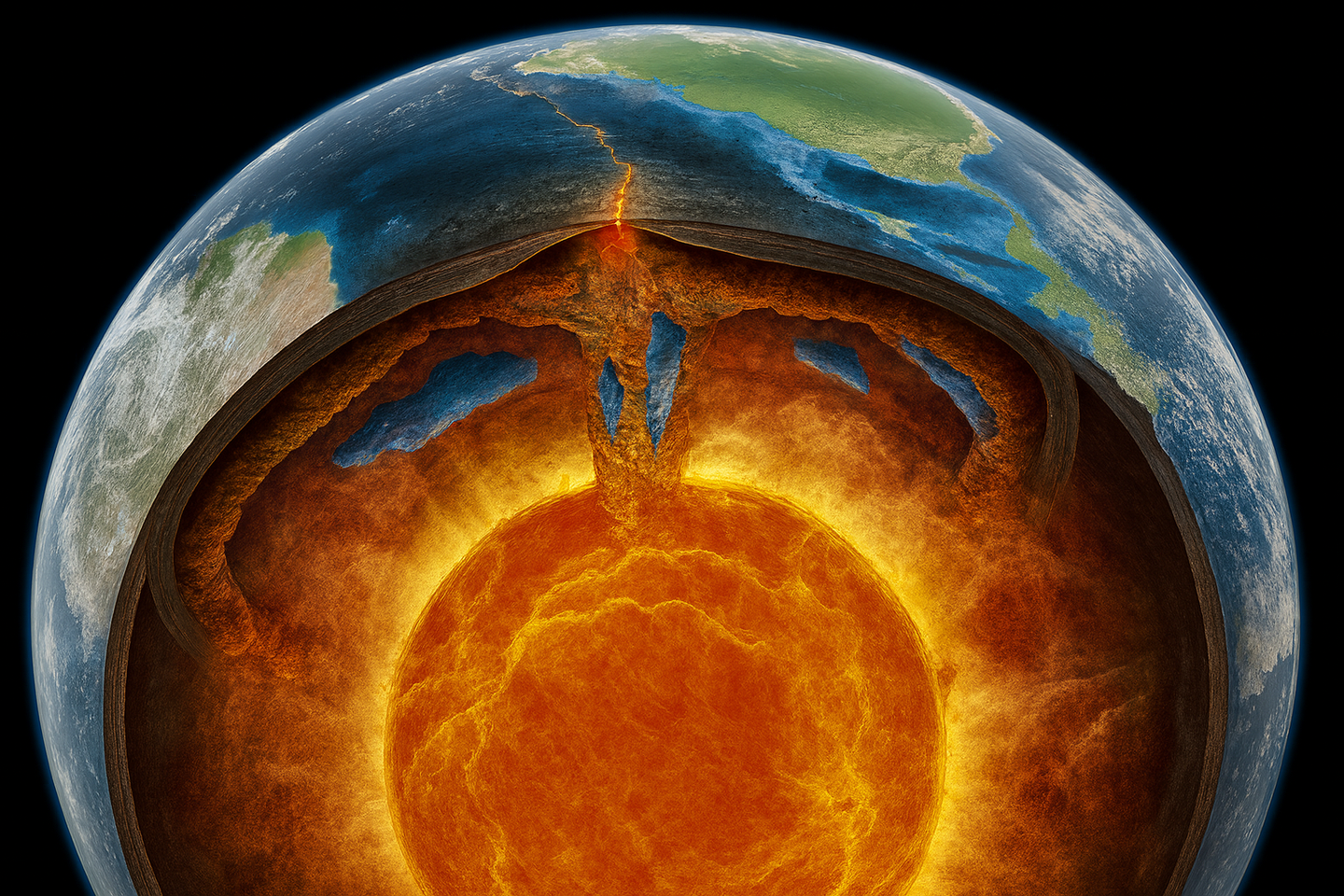Alan Turing’s bold prediction comes true in the age of AI
Explore how AI systems have fulfilled Alan Turing’s vision of machine intelligence, passing the Turing test and reshaping technology and society.

Today’s AI technologies have brought Alan Turing’s dream to life—machines that learn and imitate human behavior. (CREDIT: CC BY-SA 4.0)
The rise of generative artificial intelligence has launched us into a new age. Machines now perform tasks that once belonged only to human minds. Using pretrained models and transformers, they create text, images, audio, and even synthetic data—without needing to be reprogrammed each time.
These systems improve through experience, learning patterns much like we do. Some are now able to mimic human conversation with eerie accuracy. That ability to pass the Turing test—convincing someone that they’re speaking to a person—marks a major leap in tech history.
Alan Turing first imagined this possibility back in 1950. His idea, known as the "imitation game," asked whether a machine could fool an ordinary person into thinking it was human. The concept evolved into what we now call the Turing test. Turing saw machines not as tools, but as a new kind of thinker—one that challenged the limits of human intelligence.
He believed that machines could learn like children. Intelligence, he said, would emerge naturally over time. Turing predicted that by the year 2000, machines capable of winning the imitation game would exist. That vision was bold, especially during an era when computers took up entire rooms. Yet it set the stage for decades of breakthroughs.
Turing’s test inspired the first generation of AI researchers. Scientists like John McCarthy, Claude Shannon, and Marvin Minsky worked to build machines that could "think." They imagined intelligence not as something only humans possessed, but as something that could be engineered.
Popular culture picked up the idea. In 2001: A Space Odyssey, Stanley Kubrick introduced HAL-9000, a computer that could think, speak, and feel. HAL’s eerie calm and terrifying decisions were rooted in its supposed ability to pass the Turing test. The character became a symbol of what AI could become.
Related Stories
Over time, the Turing test became a yardstick for progress in AI. Each new machine that learned to translate languages, solve problems, or carry on a conversation pushed the limits further. Turing understood that human intelligence itself was tricky to define—so measuring machine intelligence would always be tied to what a machine could do.
Today, Turing’s dream has come to life. In a recent Intelligent Computing study, Bernardo Gonçalves argues that modern transformer-based AI systems meet the standard Turing imagined. For the first time, machines are not just pretending to be intelligent—they’re performing in ways that echo human thought.
These systems use "attention mechanisms" and vast-scale learning to perform complex tasks, from generating coherent text to engaging in abstract conversations. Gonçalves highlights that modern generative AI provides "adequate proof" of machine intelligence by passing the Turing test.
Transformers’ ability to learn from experience and appear human-like aligns with Turing’s concept of “child machines” that grow in capability over time. However, there are stark contrasts between Turing’s vision and current AI systems.
Turing envisioned energy-efficient machines inspired by the human brain, while today’s systems consume immense computational resources. This raises sustainability concerns, as these energy-hungry technologies strain global infrastructure.
Turing’s foresight extended beyond technical achievements to societal impacts. He warned that automation should benefit all societal levels, rather than displacing lower-wage workers and enriching a select few. This issue is especially relevant today, as AI disrupts industries and raises concerns about employment and inequality.
Moreover, current AI systems face challenges Turing couldn’t have foreseen, such as data contamination and adversarial manipulation. Gonçalves’ study calls for more rigorous testing protocols, introducing machine adversaries and statistical evaluations to ensure AI aligns with real-world complexities. These measures aim to uphold Turing’s vision of ethically guided machine intelligence.
As AI continues to evolve, its impact on society and nature grows. Turing’s hope for machines that learn and adapt like humans has been partially realized, yet questions remain about sustainability, ethics, and equitable benefits.
By refining testing methods and addressing challenges, researchers strive to create systems that reflect Turing’s ideals: machines that contribute positively to humanity while respecting the natural world.
The legacy of Turing’s work persists as a guiding principle in AI development. His "imitation game" not only set the standard for evaluating intelligence but also challenged us to consider the broader implications of our technological creations. In an era shaped by AI, Turing’s vision reminds us to balance innovation with responsibility.
Note: Materials provided above by The Brighter Side of News. Content may be edited for style and length.
Like these kind of feel good stories? Get The Brighter Side of News' newsletter.



